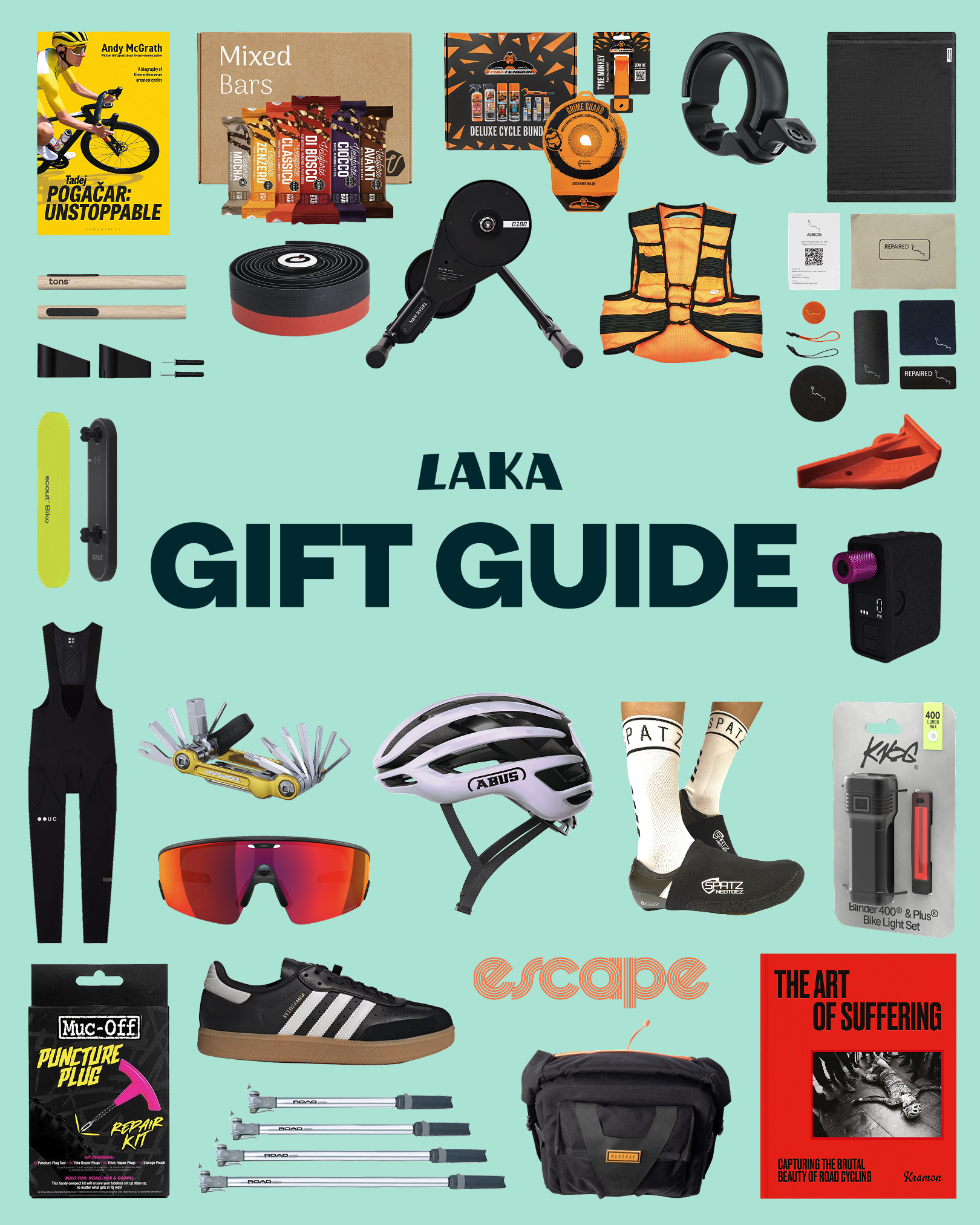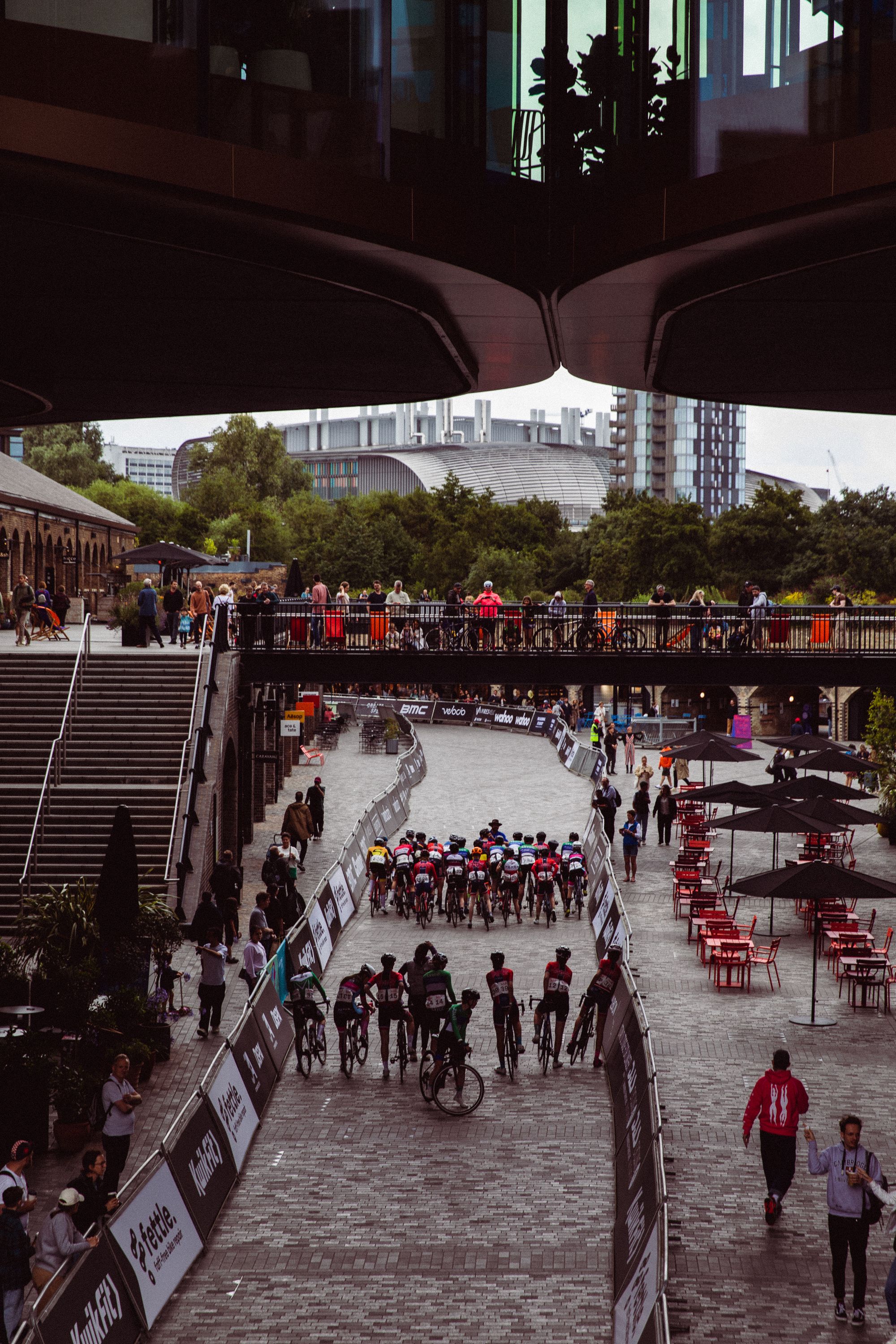Riding on the turbo trainer is now a fact of riding in the UK over the winter. And with the latest cold snap looking to hit the UK soon, it seems riding the indoor trainer is going to stay for a few more weeks.
Thanks to programmes like Zwift, Trainer Road and the Sufferfest, indoor training is way more enjoyable than it used to be. With further improvements in direct-drive trainers and a whole host of other indoor training gear, you can now get summer speed without even leaving the house.
So here are some top tips to make sure you enjoy your time on the turbo and emerge in the spring a faster, stronger athlete.
DO
1. Follow a structured plan to maximize gains
The advantage of being on the turbo trainer is that you can adhere to a more detailed training structure that is difficult, if not impossible, to stick to out on the roads. Descents, traffic, and road furniture all get in the way of hitting exact numbers and times for a more complex session.
If you have a coach, they will have spent a long time planning your intervals, so it’s important you get as close as possible to their diktats and maximize your gains.
You can sync scheduled workouts from the Training Peaks app or Today’s Plan app straight onto a Wahoo ELEMNT head unit, and when used with the KICKR smart trainer to simulate inclines, you’ll smash your winter training goals

2. Entertain yourself to ride faster
Research suggests that listening to music improves your time trial speed, so take advantage of this indoors as well. Many worry about the safety implications of listening to music while riding on the roads, so if you’re training under cover this winter, make the most of the opportunity to cycle along to your banging playlists!
Furthermore, repeating the same playlist every time before a performance piece or race can have benefits as well. Timing your warm up to the rhythm of the music and building tempo towards the end will get you mentally and physically prepared for your efforts at just the right time.
This repetition before a race will give you confidence and familiarize your mind and body with what you’re about to put them through.
Alternatively, chuck on the live cycling on Eurosport to give you some extra inspiration when the effort starts to bite.

3. Hydrate and eat organically
Take advantage of the fact that you have the space to lay out real foods, and be grateful that you’re less likely to fall off the turbo peeling a banana!
With fluid, you will need at least 2 bottles for an intense hour session. A pro-tip is to use hydration tablets that will replenish the salts you lose from sweating.

4. Mix up your sessions and keep score
Break up the monotony of winter miles by shaking things up a bit. Experiment with different warm-up protocols or interval sessions to see which makes you go faster. Use your training diary to monitor what you did and how you felt. Try to give it a numerical value such as ‘extended warm up to 15 minutes, felt 8/10 during max efforts’.
This way you can start to build a picture over time of how your warm-up affects your performance.These objective numbers combined with your real training data (such as training stress balance) will help you more accurately monitor overtraining and sustain a higher workload over time.
You can also experiment with racing on Zwift! This is a fun way to break the monotony of structured training, however be warned it will take a lot out of you. Try not to do more than 3 intense races a week!
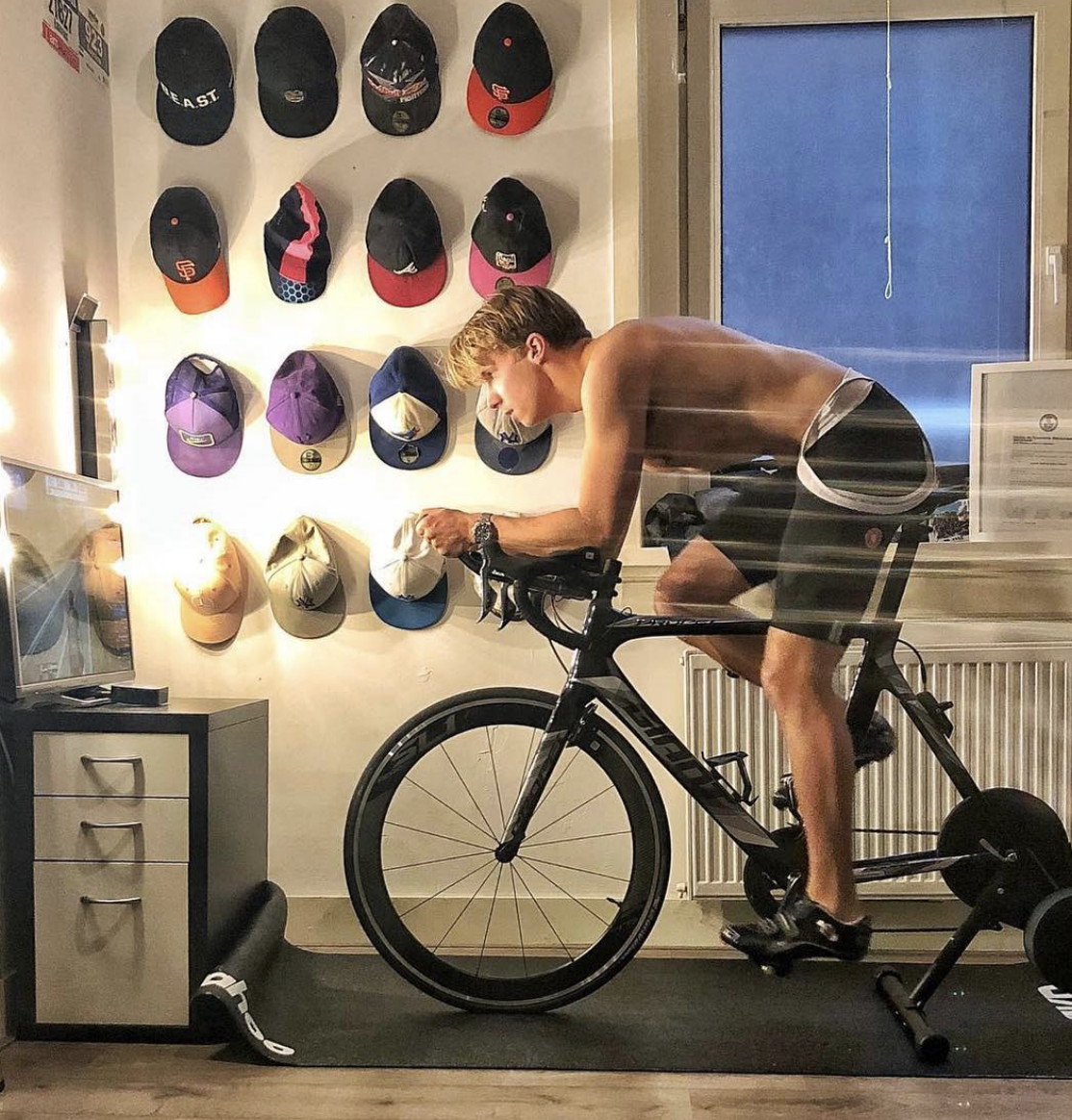
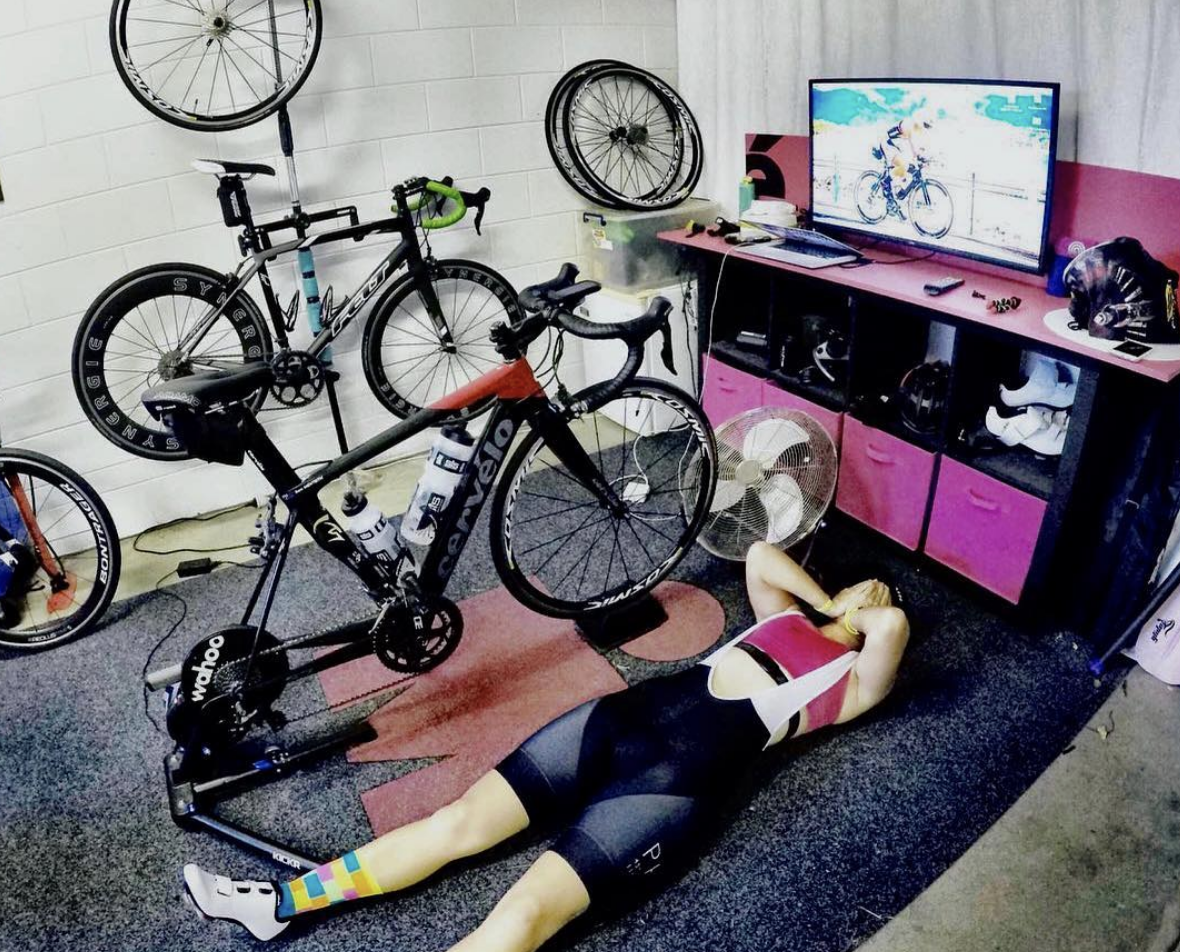
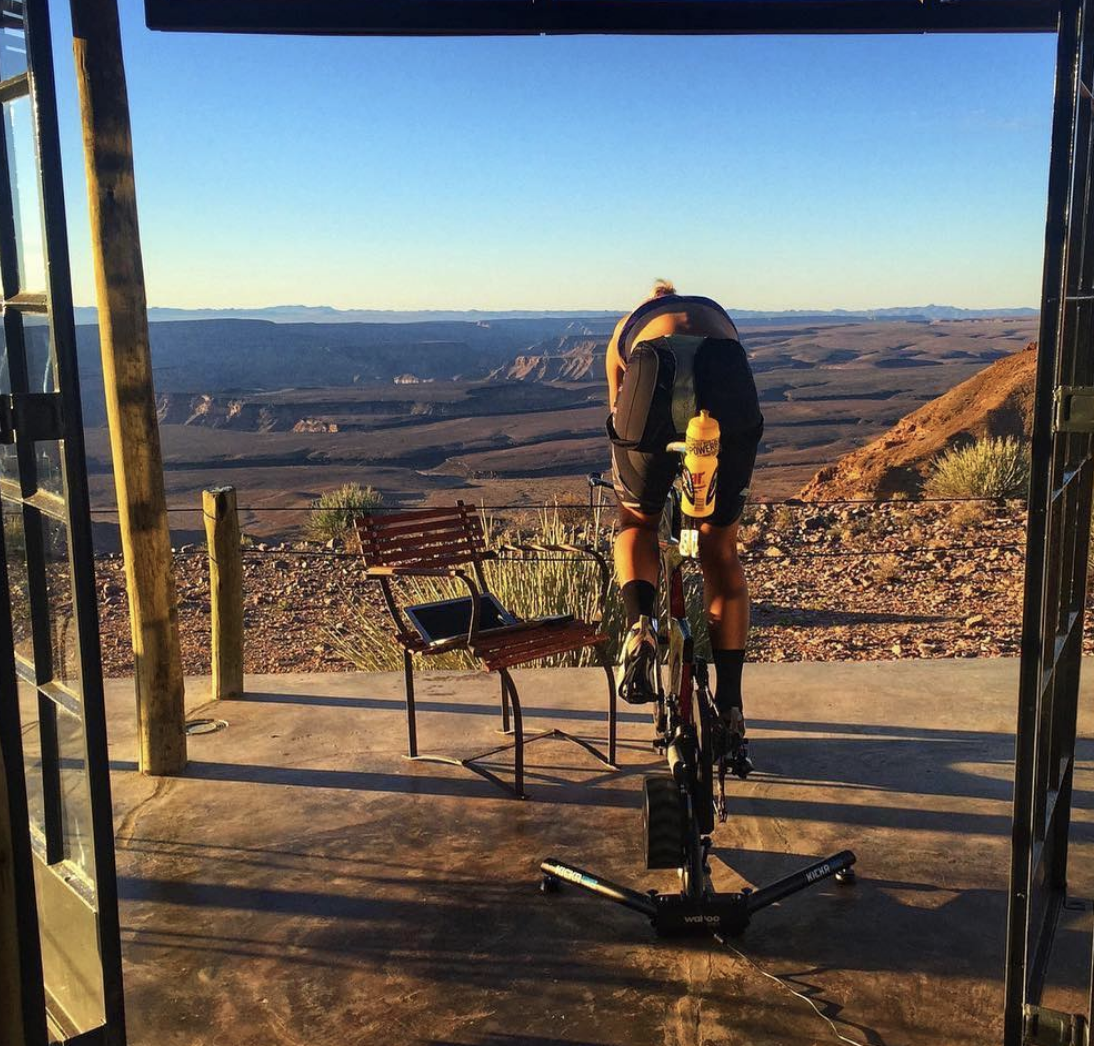
5. Cool down properly and come back stronger
For harder sessions where you exceed your functional threshold power (“FTP”) (your 60-minute best effort power), a solid cool-down routine is vital to ensure you can come back strong the following day.Your cardiovascular system transports lactate (the by-product of anaerobic exercise) from tired muscles to the liver for processing. If your heart rate plummets whilst your legs are full of lactate it pools, has nowhere to go and can stay in your system for days. Lactic acid is what makes your legs stiff and sore so you want to avoid this. We’ve seen athletes with 3 times the baseline lactate of 4mmol three days after a road race.
The best way to prevent this from happening is to slowly step your heart rate down after your main set of efforts. Try to start your cool down just under your threshold heart rate (heart rate at FTP) and hold this for around 50% of the time you spent above FTP during your session. Then slowly step the heart rate down 5bpm at a time over several minutes until your cool-down is complete. This may take a while, but you’ll really feel the benefits in the subsequent days.
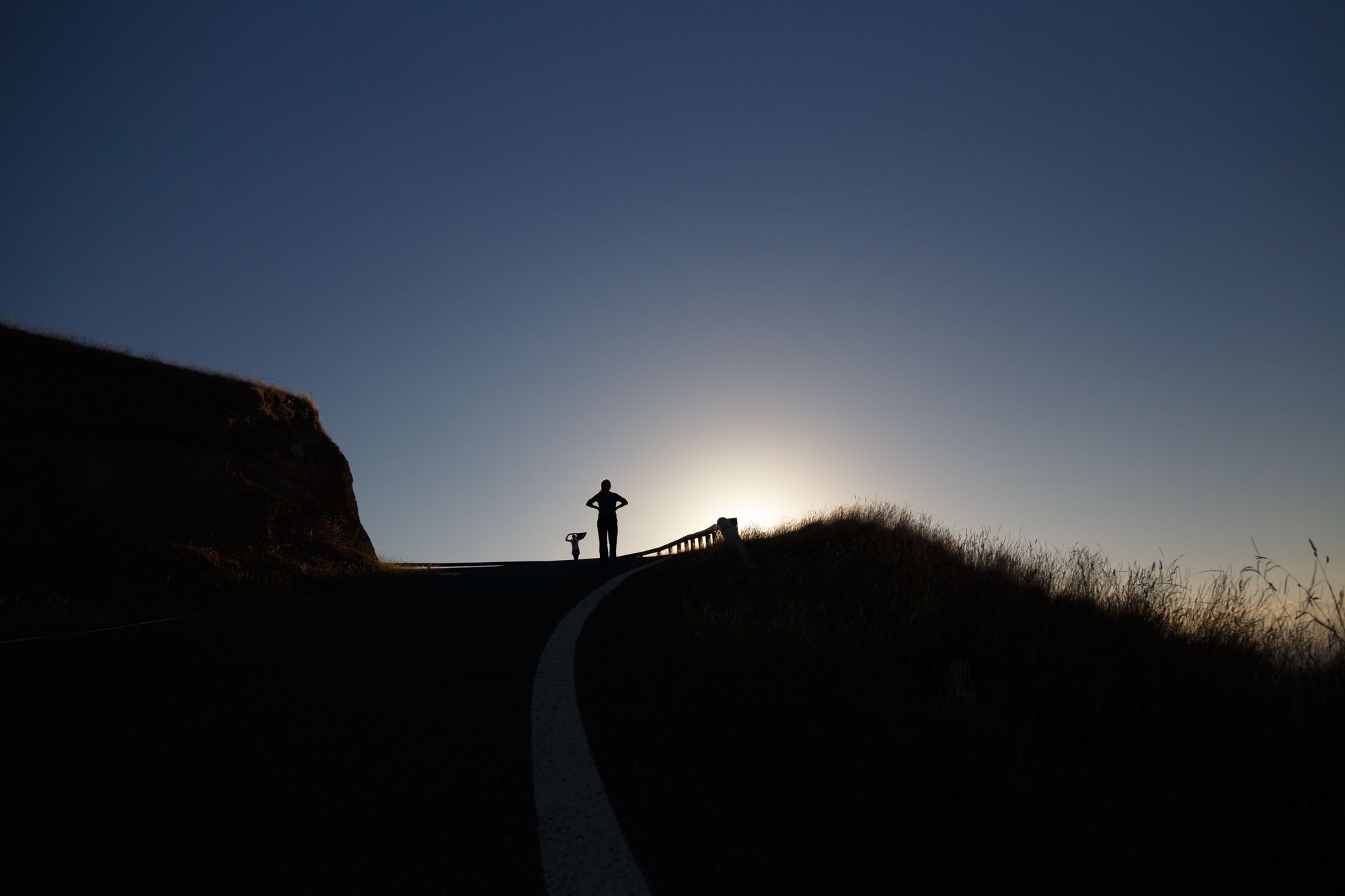
6. Use turbo time to experiment with new positions
If you are like me and constantly in pursuit of a more aggressive and aerodynamic race position, use the turbo as a time to experiment with what you can handle.
Try going lower on the front and see what happens. Find out if you get any aches or pains and see if your body adapts over time. Going lower doesn’t always mean faster, but as a general rule it will reduce your frontal area and help you punch a smaller hole through the wind. When you think that aerodynamic drag accounts for 80% of the power that you’re putting out, you realise how important it is to be as aerodynamic on the bike as possible without sacrificing power
Find a middle ground that’s the optimum balance between being able to sustain power but being as aerodynamic as possible. Unfortunately, you have to rely on feel, as the only way to truly know if you’re more aero is by paying the wind tunnel a visit or looking into companies that provide real-world aerodynamic testing.
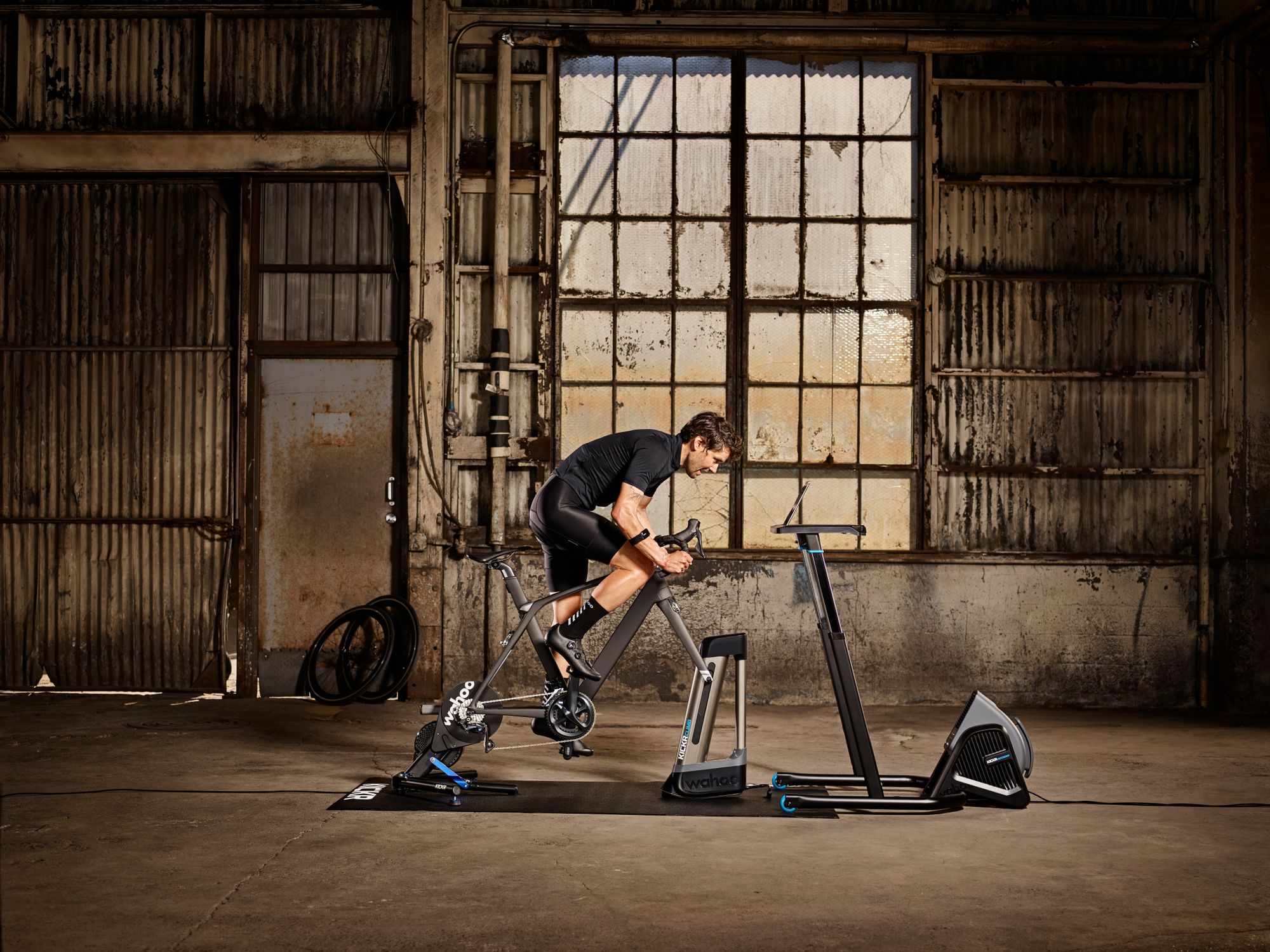
7. Think about which trainer is right for you
Although these days you may be able to find an indoor trainer online for only a few pennies, investing in a smart trainer is a sure-fire way to get the most from your indoor workouts.
Wahoo has a number of indoor trainers to suit every rider & price point, from the industry-leading KICKR to the KICKR Snap with a convenient wheel-on design.
If you need a hand figuring out the set-up of your Kickr, check out this guide that gives a full run-down of its capabilities!
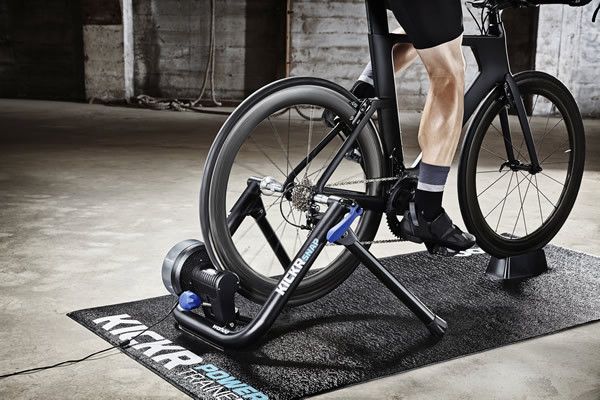
8. Protect your ride and catch some wind
Sweat does some pretty nasty things to aluminium bike components: the salt in your sweat corrodes the metal in your bars, stem and headset like nobody’s business, so don’t forget to coat your metal parts in a sweat-protecting liquid like Muc-Off's Sweat Protect before you ride.
Especially for longer or more intense sessions, a key governing factor in how you perform is how well you’re able to cool yourself. When you’re out on the road this is handled pretty well by the wind, but inside this obviously doesn't exist.
Instead, you can pair your heart rate monitor to the Wahoo KICKR Headwind, which is an Ant+ smart fan that adjusts with your effort. With a maximum wind-speed of 50kph at full power, this will keep you cool through your hardest efforts.
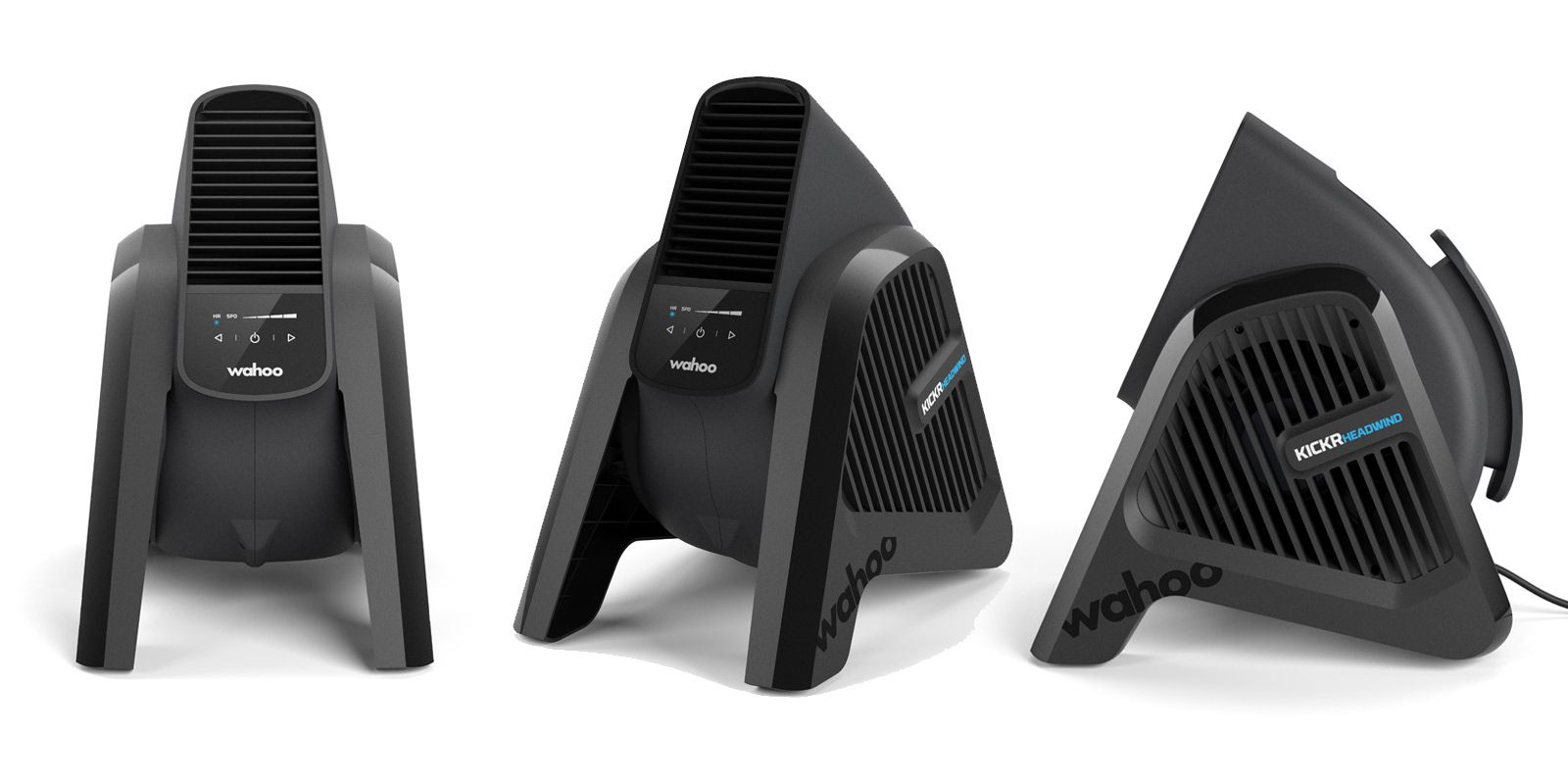
Don't
1. Don’t use the Turbo as a security blanket
There’s no substitute for getting out on the roads on your real bike in your real position. After all, your events are in the real world. not on a turbo.
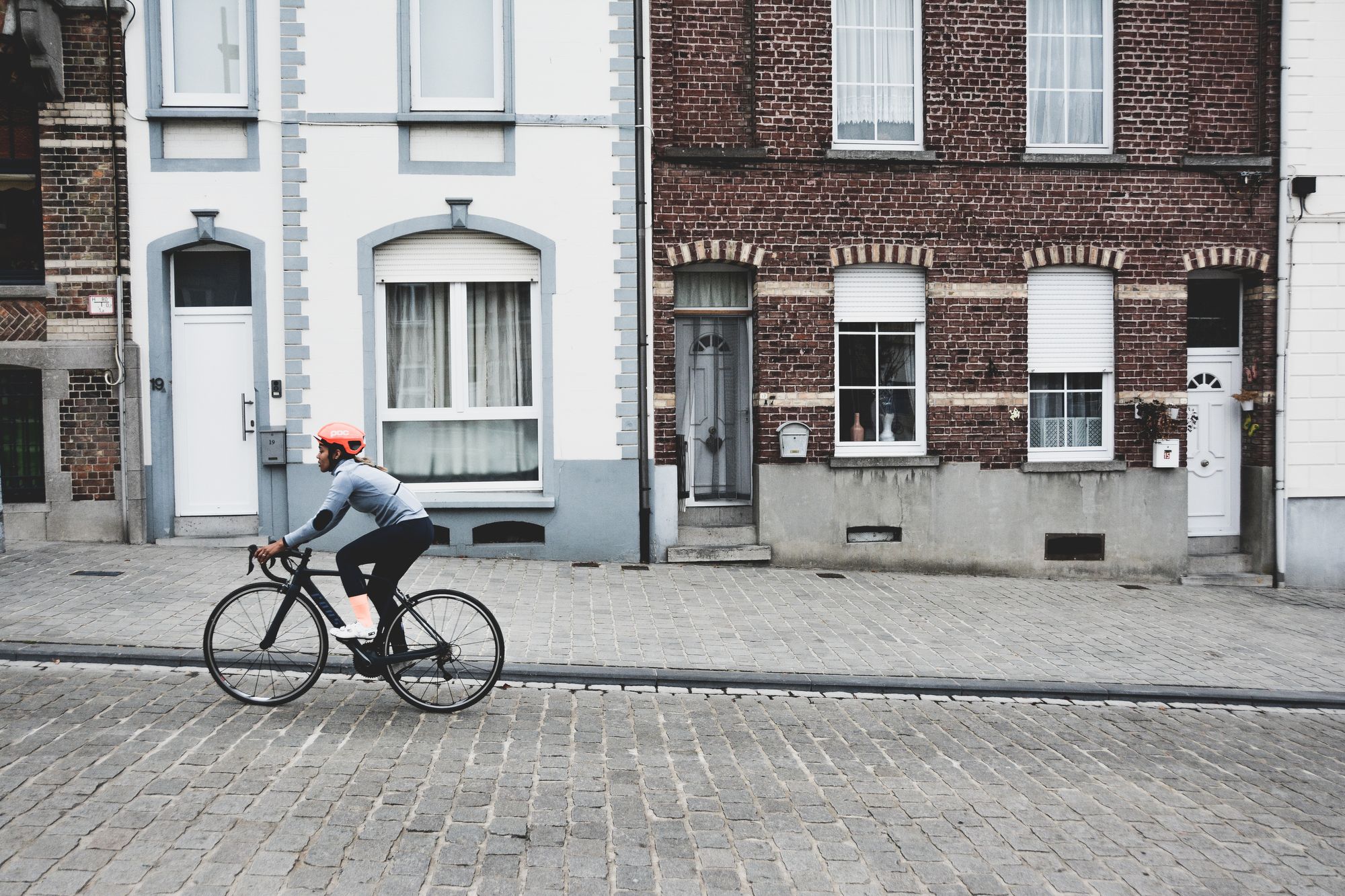
2. Don’t confuse spin classes with turbo training
Spin classes are great for your average gym-goer, but if you’re looking to make progress on the bike you’ll need to follow a progressive and structured training plan designed around your current ability as an athlete.
Going into a session with no idea what kind of training zones you’re going to be working in or how hard it’s going to be makes it impossible to train sensibly. If your main event of the year involves riding at 140rpm and changing your hand position every four seconds then your spin class might help you. But if it doesn’t then you’d be far better off making sure your training is as specific as possible to your event. Don’t even get me started on Hip Hop Spin Class!
The turbo is a great way to keep training hard over winter and be ready for when the snow melts and it’s safe to brave the outside world once more. Just make sure your training is specific and designed around making you a better cyclist.
The turbo is not a chore, it’s an opportunity to improve!
3. Don't miss out on offers on Wahoo gear!
As a Laka perk, customers can receive free insurance when Wahoo equipment!
You can also receive free cover when purchasing any Wahoo gear! It's a win win!
Whilst you are here...
... did you know that wherever you are on this planet your bike is covered with Laka's Travel Cover ? Join our community of cyclists where you can benefit from 60 days of continuous cover abroad, leaving you free to get out and explore. Find out more - Laka


